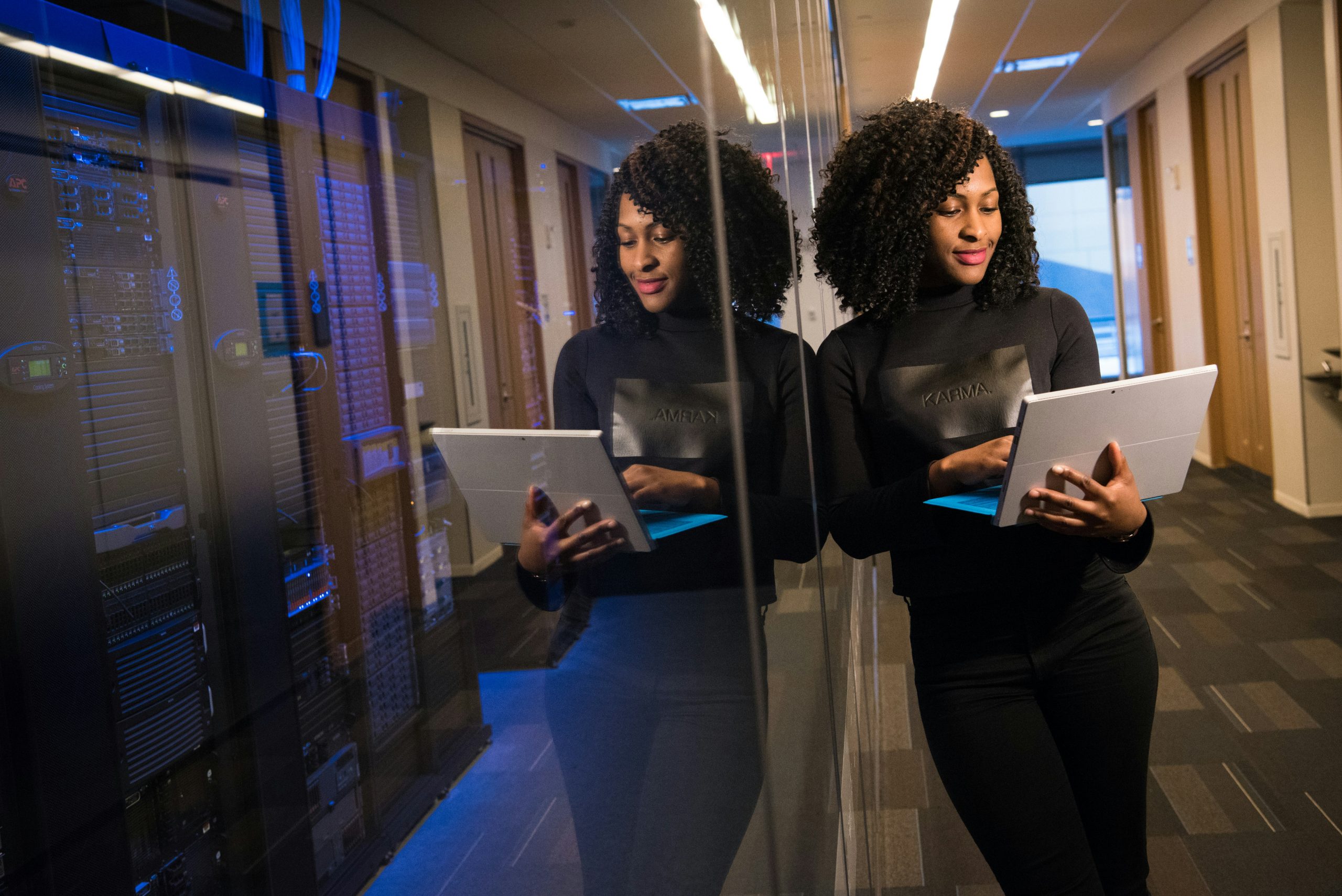 According to the Bureau of Labor Statistics, the average person born between 1957-1964 held about 12 jobs by the age of 48, a number that is projected to grow with each successive generation. Changing jobs comes with the responsibility of learning new skills, a process that is exponentially easier for people who have prioritized learning how to learn.
According to the Bureau of Labor Statistics, the average person born between 1957-1964 held about 12 jobs by the age of 48, a number that is projected to grow with each successive generation. Changing jobs comes with the responsibility of learning new skills, a process that is exponentially easier for people who have prioritized learning how to learn.
For centuries the formula for education was simple: learn a skill and put it to use. In today’s knowledge economy, the pace of change is far too fast for that. This helps explain why more and more employers are prioritizing soft skills like problem-solving and communication over STEM skills, even as STEM jobs continue to grow.
The 21st century has given us the technology to access educational materials in a variety of different ways far outside the physical classroom, but learning effectively throughout one’s life is predicated on strong critical thinking skills. Learning how to learn consists of being able to identify knowledge gaps, assess resources to help fill them, and then put that new knowledge into practice effectively. Developing soft skills early on helps ensure people have all the tools they need for lifelong success in whatever field they find themselves in.
The alternative is disconcerting: as the occupational duration shrinks, if transition times don’t also shorten in response, then fewer people in the workforces will have any sense of mastery of their job.







